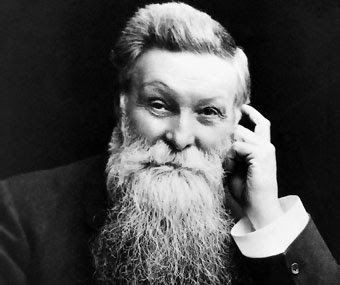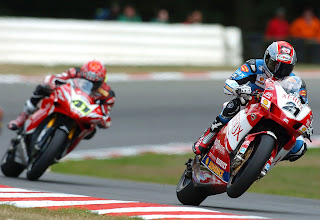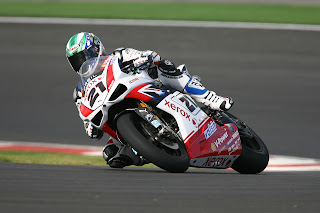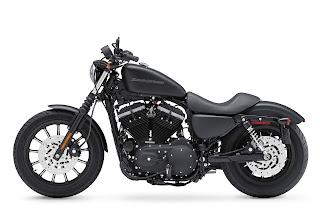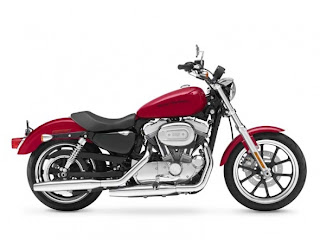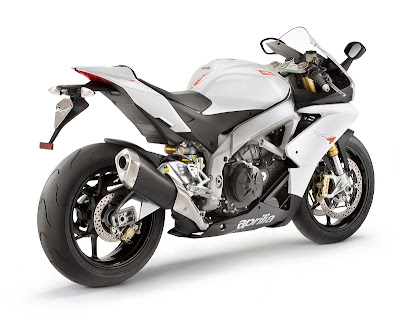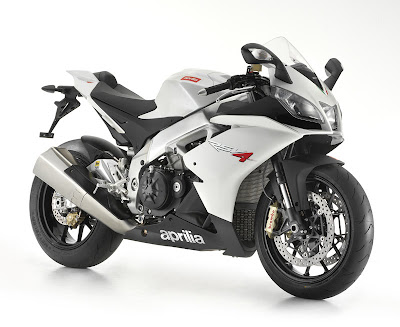The first practical pneumatic tire was made by John Boyd Dunlop while working as a veterinarian in May Street, Belfast, Ireland in 1887 for his son's bicycle, in an effort to prevent the headaches his son had while riding on rough roads (Dunlop's patent was later declared invalid because of prior art by fellow Scot Robert William Thomson). Dunlop is credited with "realizing rubber could withstand the wear and tear of being a tire while retaining its resilience". The development of this technology hinges on myriad engineering advances. In terms of materials, the vulcanization of natural rubber is credited to Charles Goodyear and Robert William Thomson. Synthetic rubbers were invented in the laboratories of Bayer in the 1920s. Today, over 1 billion tires are produced annually in over 400 tire factories, see List of Tire Companies.
 |
| Pneumatic Tire Changer |
 |
| Pneumatic Tire Changer |
Pneumatic tires are manufactured in about 450 tire factories around the world. Over one billion tires are manufactured annually, making the tire industry a major consumer of natural rubber. In 2015 alone, 1.72 billion tires are expected to be sold globally. The production starts with bulk raw materials such as rubber, carbon black, and chemicals and produces numerous specialized components that are assembled and cured. Many kinds of rubber are used, the most common being styrene-butadiene copolymer. This article describes the components assembled to make a tire, the various materials used, the manufacturing processes and machinery, and the overall business model. Styrene-butadiene copolymer is the most popular material used in the production of rubber tires. In 2004, $80 billion of tires were sold worldwide, in 2010 it was $140 billion.
Pneumatic Tire Changer
Pneumatic Tire Changer
